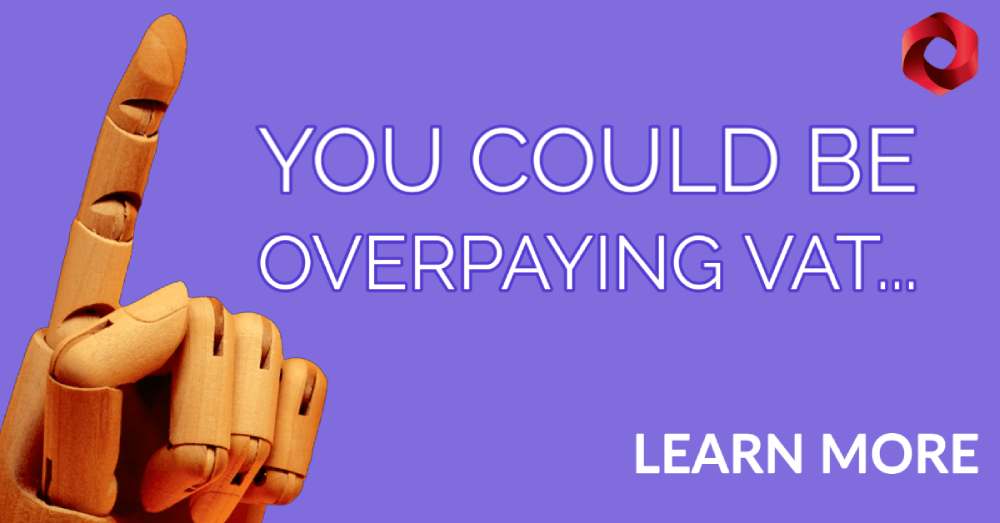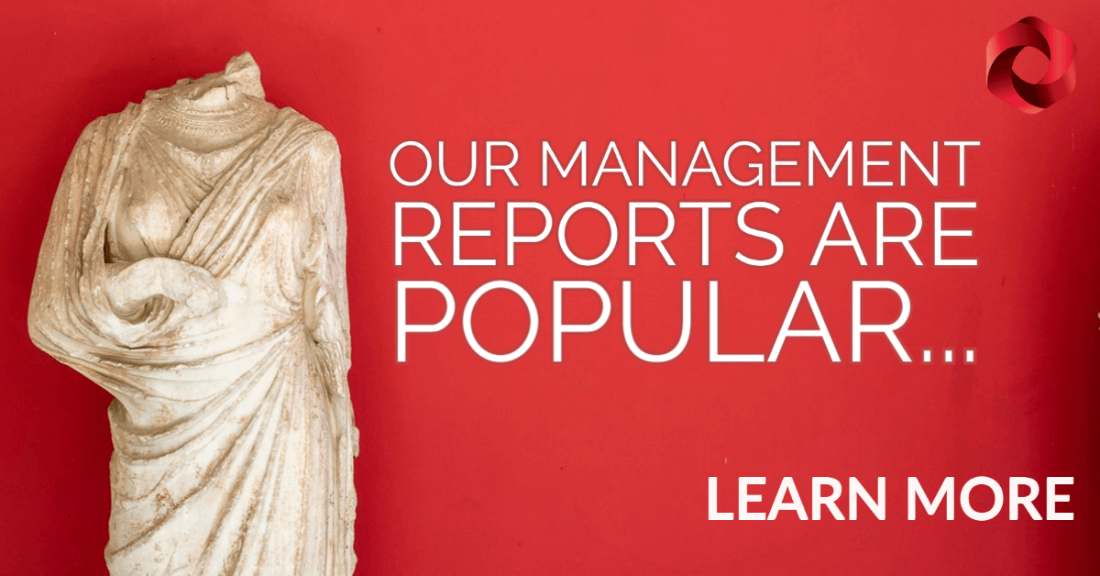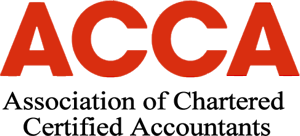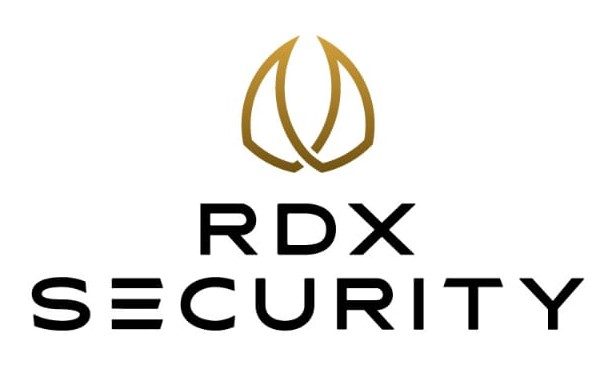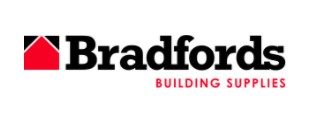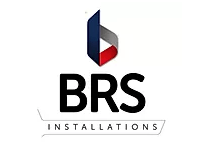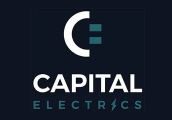Pension Contributions Annual allowance for High Earners – how does it work?
- April 2023
- 5 minutes
The annual allowance is the maximum amount you are permitted to pay to your private pensions each tax year. If you are our high earner client, we maintain your pension records to ensure that you are aware of how changes in your personal allowance will impact the personal taxes.
 How much can I contribute to my pension if I’m a high earner?
How much can I contribute to my pension if I’m a high earner?
The maximum amount you can contribute to pensions in a tax year while still receiving tax relief is known as the pension annual allowance.
At the current time, the limit is £60,000 or 100% of your qualified income (whichever is lower).
It’s crucial to remember that the allowance covers all of your private pensions, so if you have, say, a personal pension and a workplace pension, you would need to divide the allowance (e.g., £30,000 into each) accordingly.
 What counts into the annual allowance for pensions?
What counts into the annual allowance for pensions?
Your yearly allowance is made up of any pension payments you, your employer, and any third parties have made (including pension tax relief).
Let’s take the scenario of earning £40,000 annually. Your employer contributes 5% and you make a 3% contribution to your business pension.
You additionally contribute a lump amount of £10k to your personal pension.
Your employer would contribute £2,000 gross and you individually £8,960 net after automatic addition of £2,240 in pension tax relief. Your payment is £13,200 in total; therefore you have £46,800 in annual allowance left over.
 If I exceed my annual allowance, what happens? Tax on Excess Pension Contributions
If I exceed my annual allowance, what happens? Tax on Excess Pension Contributions
The two main effects of exceeding your annual allowance are as follows.
The first is that the excess amount won’t qualify for tax relief.
The second, more important problem is that your tax burden for that year will increase (called the annual allowance charge).
Your gross income for that year is increased by the excess contributions, and your income tax liability is recalculated based on this higher amount.
If the tax charge exceeds £2,000, you can request that it be subtracted from your pension payments.
 High Earners Pension Allowance
High Earners Pension Allowance
If you earn more than £260,000, your yearly allowance may be decreased and your personal taxes will go up if you have made excess contributions into your pension scheme.
for every £2 of adjusted income over £260,000, your annual allowance will decrease by £1. The minimum tapered annual allowance is £10,000. Everybody is entitled to claim the basic 20% tax relief on their contributions. However, because the amount of tax relief you get is linked to the highest band of income tax you pay, higher-rate and additional-rate taxpayers are able to claim extra tax relief on top of the basic 20%. Higher-rate taxpayers can claim a further 20%, while additional-rate taxpayers can claim an extra 25%.
So, if you’re an additional rate taxpayer, even at the minimum tapered annual allowance of £10,000, you could still get tax relief on contributions each tax year. Don’t miss out on these tax benefits and make sure you claim the additional relief.
 Carry forward for high earners
Carry forward for high earners
Another way to benefit from tax relief is by using carry forward, if your circumstances allow. High earners with reduced annual allowances may still be able to benefit from the carry forward rule:
- You can carry forward any unused annual allowance from the previous three tax years, even if in this year you’ve got a tapered annual allowance
- If you have unused annual allowance from a previous year in which you’ve had a tapered allowance, you can only carry forward an unused amount up to the tapered allowance
- Your gross earnings for the current tax year must cover your entire pension contribution, including the carry forward contribution
 What is the tapered pension annual allowance for High Earners?
What is the tapered pension annual allowance for High Earners?
You need to work out your threshold income and adjusted income. In broad terms, your threshold income is your total taxable income excluding pension contributions, while your adjusted income is your total taxable income including all pension contributions.
Your total taxable income usually includes:
- taxable earnings (salary, bonuses, commissions) after salary sacrifice
- dividend payments
- property rental income
- savings income
- profits from self-employment
 How do I calculate my annual allowance?
How do I calculate my annual allowance?
On its website, HMRC provides several calculators to help you determine if you have gone over the yearly allowance.
If you are our high earner personal taxes client, we regularly maintain this information on behalf of our clients. Every year the figures are updated to establish the additional benefits and how much you can contribute. We have seen cases where people have exceed their allowance and they were asked to pay tax back to HMRC as a result of getting this wrong.
 Can I carry forward my annual allowance?
Can I carry forward my annual allowance?
Your annual allowance from prior years remains in effect if it hasn’t been used.
You can make pension contributions to cover any unused allowance you might have from the previous three tax years using a procedure known as “carry forward.”
To use carry forward, you must meet two requirements. To contribute this tax year, you must first earn at least that much overall (unless your employer is contributing).
Second, each tax year from which you intend to carry forward must have been spent as a member of a UK-registered pension scheme (this excludes the state pension).
 How does the annual allowance work for final salary pensions?
How does the annual allowance work for final salary pensions?
Pension pots function similarly to final salary pensions, sometimes referred to as defined benefit pensions.
They offer a lifetime income guarantee, thus there is no set pot size on to base the amounts on. Calculating how close you are to the annual allowance becomes more difficult as a result.
To figure this out for you, you will typically need to ask your pension plan or a financial advisor.
However, the allowance is generally calculated as follows.
Based on the potential income it could offer throughout a typical retirement, the entire value of your pension is first determined.
This calculation is done at the start of the year, and then again at the end of the year. The difference in these figures is considered to be the amount ‘contributed’ to the pension.
If this figure exceeds the annual allowance, then there will be an annual allowance charge to pay.
 When might my annual allowance be lower? High Earners Pension Allowance
When might my annual allowance be lower? High Earners Pension Allowance
If you earn more than £260,000 (see above), your yearly allowance may be decreased. Alternatively, it may be lowered if you begin to use your pension pot(s) in a manner that constitutes a “trigger event.”
A drawdown scheme being put up is typically a trigger event (but not an annuity).
Your annual allowance will now be limited to the £10,000 Money Purchase Annual Allowance (MPAA).
 Does the annual allowance change each year?
Does the annual allowance change each year?
Although the annual allotment doesn’t typically alter, it has in recent years.
In 2012, it went from £255,000 to £50,000, then back to £40,000 in 2014. Additionally, in 2017, the reduced yearly allowance (MPAA) decreased from £10,000 to £4,000. In 2023, the (MPAA) was increased to £10,000 from £4,000 and the income threshold was increased to £260,000.
Even though it appears doubtful, there may be future cuts.
Find out how much is a good contribution to your pension, and if you’re worried about going over your pension annual allowance, you should seek professional advice.
For those with final salary pensions, such as NHS employees, this can be a particular risk.

